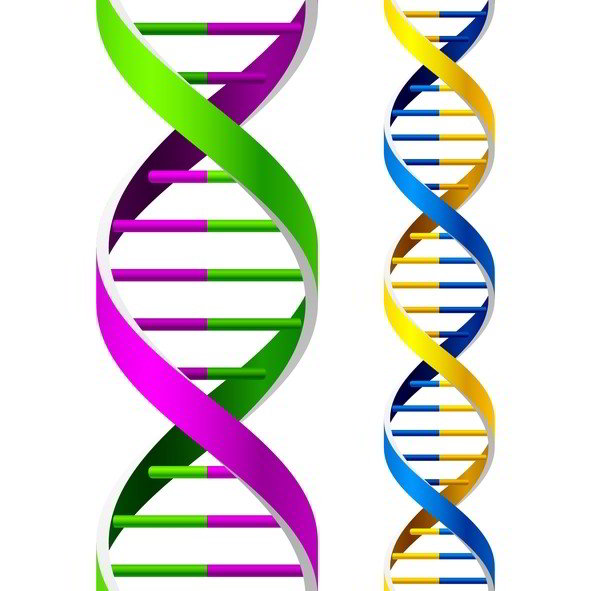Genealogy used to find Golden State Killer

Is there a place for genealogy in law enforcement? Not until the precedent setting arrest of Joseph
James DeAngelo, the man authorities suspect as being the “Golden State Killer” made
this question worth exploring.
If you are not familiar with this case, the Golden State Killer is responsible for at least a dozen murders and 50 rapes in California dating back to the 1970s and 80s. After more than three decades since the last murder, the case had gone cold and possibly unsolved forever. Authorities speculated that the perpetrator of these crimes must have died or gone to prison.
But, don’t get too caught up in the sensational nature of the crimes committed or you may overlook the story behind the story. This case represents the first time that genealogy research has taken center stage in the capture of a criminal.
Out of a single crime scene DNA profile, a discrete list of
suspects was created, using commonly available genealogy websites, leading to
the long overdue arrest of the perpetrator.
The tools of DNA analysis and genealogical research have finally come of
age, breaking the ground needed to make it a viable tool for law enforcement.
Finding the Golden State Killer
Typically, police will run DNA evidence through the federal government’s genetic information database known as “CODIS” to see if it matches those of known criminals. But what if there is no match? Are there any other methods investigators can use to create a workable list of suspects?
In the case of the Golden State Killer, DeAngelo, a former law enforcement officer was never considered a suspect in the commission of a crime therefore his DNA was not in the CODIS database. The big break in the case came after a crime scene DNA profile was uploaded to the genealogy website GEDMatch and matches to third and fourth cousins of the killer were found.
GEDMatch is a publicly available website that allows its members to upload their DNA profile from any of the major DNA testing services and seek matches from other potential family members. Submissions to the website are completely voluntary and done for the purpose of researching family genealogy.
Based on how much of the DNA profile matches with another profile, a somewhat accurate estimate of the familial relationship can be determined. A third cousin was close enough of a relationship to warrant the effort to create a family tree and analyzing its living members for potential suspects.
Armed with basic information about cousins of the killer, investigators built a family tree back to 1800s. In order for a third cousin and the killer to share a common ancestor, at least three generations had to be painstakingly researched backward in time. For this triangulation technique to work, the tree had to account for everyone at each generation including all spouses and children.
From the resulting tree, investigators used what they knew about the killer's age, appearance and location to help them narrow the family tree down to one particular suspect. Once the presumed Golden State Killer was arrested, new DNA samples were taken and compared to crime scene DNA to ensure they had the right man.
Lessons Learned
Much can be learned from this sensational case. First that currently available genealogy tools and techniques can indeed be used to track down a criminal from nothing more than a single crime scene DNA sample. This is a major advancement given all the unsolved DNA cases still on the books. Even after the passage of decades, DNA is the one thing that can reliably identify and bring an individual to justice.
It exposed the fact that genealogy websites such as GEDMatch, Ancestry.com and others are being used for purposes other than pure genealogy research. Users of these websites need to be aware of this fact. Everyone has the right to delete their accounts and data if they have a problem with how their data may be used by other website members.
Considering the extensive amount of time and effort required
to execute this approach, it is cost prohibitive for all but the most high-profile
DNA cases. Who knows what kind of
advances will be made in the future to make this kind of analysis more
mainstream. This case has created a
template for law enforcement to use as they begin to adopt this genealogy based
approach as their newest crime fighting tool.
Read related articles: Breaking Through
Brick Walls
Beginner
Guide
Genealogy Quick Start Guide for Beginners
Applying the Genealogy Proof Standard to your Research
Google Genealogy Research Toolbox
Find Records
Researching Ancestors through Military Records
Using the National Archives (NARA) for Genealogy Research
Using U.S. Census Records
Canadian Genealogy Research using the Internet
Tips
Genealogy Source Citations Made Easy
Listening to Genealogy Podcasts Made Easy

